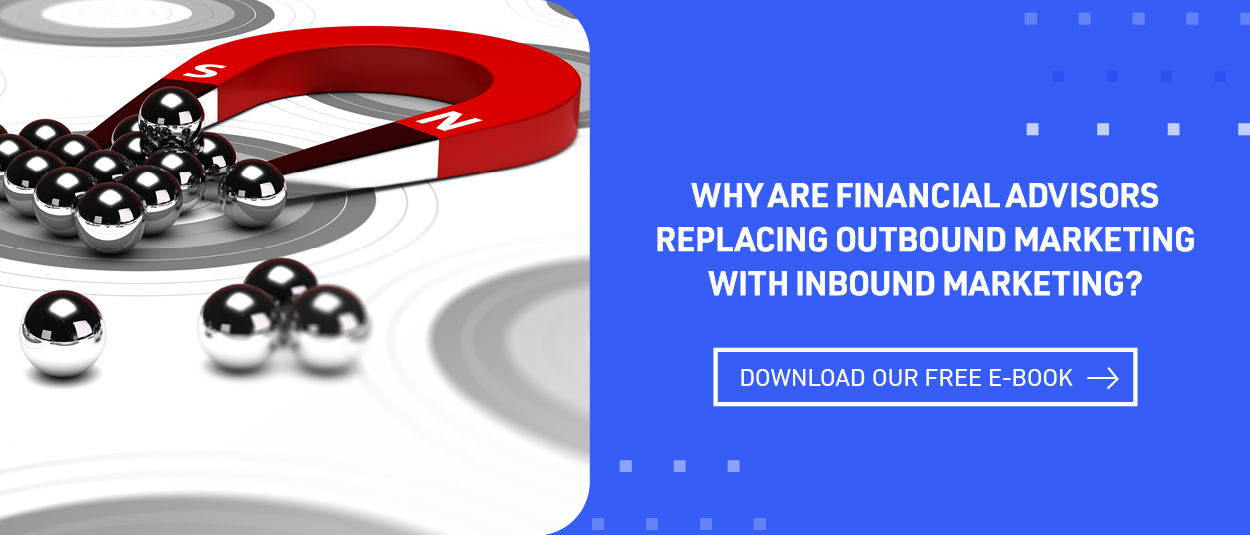

How to Write a Financial Advisor Newsletter That Will Get Read!
Email is popular. So popular, in fact, that many people’s email inboxes are inundated with sales, offers, notifications and solicitations on a daily basis.
Part of your financial advisor marketing strategy undoubtedly includes email, but you might find it difficult to break through all of the inbox clutter and actually get your emails, especially your financial advisor newsletters, read.
Here are some tips for how to create an email newsletter that people will actually read:
LOOKING TO INCREASE YOUR EMAIL MARKETING PERFORMANCE? CONTACT PALADIN DIGITAL MARKETING TO SEE HOW WE CAN HELP.
Make Sure You Have Good Content
You’ve no doubt heard the phrase “Content is King,” and your financial advisor newsletter should be part of your content strategy. However, email is a very competitive landscape—meaning that getting into someone’s inbox doesn’t mean your email will even get read.
But if you are lucky enough to get your email newsletter opened, it better be full of good content or your next email likely won’t get opened. And then it’s only a matter of time before that person unsubscribes entirely. To prevent this, make sure you have a catchy subject line that entices the reader to want to learn more about what’s inside.
Beware, however of misleading or deceptive subject lines to avoid ending up in the dreaded junk folder. When curating content, cover topics that will provide value to your readers and give them a reason to want to read your next email. Avoid a direct sales pitch—the purpose of a financial advisor newsletter is to nurture leads, not go for the hard sell and come off as abrasive.
Frequency Matters
Finding the right balance of how many emails to send out per month or week is always tricky and depends very much on the size and type of audience you have or want to have. Consider a monthly or bi-monthly newsletter to regularly engage your audience, and reserve the option of sending out additional emails in the case of timely, relevant financial news within the industry or pertinent announcements about your firm.
Personalization
Personalizing your emails is easy and can pay off when looking at deliverability and open rates. But look beyond simply adding the recipient’s name. By segmenting your list, you can deliver content that is especially relevant to that segment of your audience.
It doesn’t mean you have to re-write all of your content, but just by tweaking it a bit here and there you can engage your readers that much more. For example, you can segment your audience by current and prospective clients to ensure you’re not asking current clients for their business.
Your client email segment can just receive the relevant information without getting the impression that you don’t value their business enough to realize they’re already clients.
Having a CRM system such as Hubspot can make email personalization and segmentation easy!
Proofread
As a financial advisor, you probably proofread all of your individual emails before you send them out. (We hope!) The same care should be taken with your financial advisor newsletter. Be sure to check for grammatical mistakes, spelling errors, awkward wording and of course, broken links.
These types of mistakes can make you appear sloppy and unprofessional and could contribute to a potential client taking their business elsewhere. And while this may not be a true indication of your abilities and attention to detail as a financial advisor, this communication is often one of the first impressions a potential client will get of you.
Test, Test, Test
Along with proofreading your email newsletters, it’s also important to test them. That means before you send an email to your entire audience, you send it to your own email account to see how it will appear in their inbox.
You may realize upon testing that you forgot to include a snippet (or preview) text and decide you would like to add it. Or perhaps once you see it in your inbox you realize you forgot to add a link to your graphic.
You may catch any number of things when you test your email, so it’s extremely important not to skip this step and to perform a test any time a significant change is made to your email draft.
Keep Your Email Short and Sweet
When it comes to your financial advisor newsletters, less is definitely more. Be sure your copy is concise, clear and uses bullet points where applicable to break up the text.
If an email is too long, it’s less likely to be read the entire way through. However, if the copy is succinct and not overwhelming, there’s a much higher chance your entire message will get read. You may have to start with longer copy and whittle it down to a manageable amount, and that’s fine! As long as you achieve the right balance.
For example, if you’re sharing a blog post in one of your newsletters, you don’t have to include the entire post in your email. You can include an excerpt and then link out to the entire article with a “read more,” button.
Make it Easy to Read – On Any Device
What’s known today as responsive design simply means that people are reading their emails from any number of devices, including tablets, desktop computers, smartphones, and even smartwatches.
In order to get your emails to display correctly on all devices, the email needs to be designed and optimized with that in mind. Most marketing email providers offer responsive design in their templates, and of course, any good digital marketing agency will have the knowledge of how to create emails with responsive design as well.
Create a Clear Call to Action
While the goal is not to come off as an advertisement or straight sales pitch, your financial advisor newsletter can be a great source for generating and nurturing leads.
That’s why it’s essential to add a call to action(CTA) in all of your emails. This can be as simple as a link to set up a meeting with you for prospective clients, to an invitation for current clients to refer a friend.

Debbie Freeman
Search Here
Categories
- AI (18)
- blogging (2)
- branding (1)
- content (12)
- custodians (1)
- Digital (345)
- email marketing (3)
- fcmo (2)
- fees (1)
- financial advisor marketing (62)
- Google (3)
- Ideas & Tips (78)
- Investor Experience (7)
- lead generation (7)
- linkedin (1)
- Marketing (371)
- newsletters (1)
- Online Transparency (2)
- search engine optimization (3)
- seo (9)
- Social Media (2)
- video (2)
- Websites (108)
- YouTube channel (2)
Recent Posts
-

-

How Financial Advisor Blogging Generates Thought Leadership and Leads
November 24, 2025 -

Top 5 Ways Digital Marketing Benefits Financial Advisors Seeking Leads
November 20, 2025 -

Trust Is The Biggest Online Marketing Challenge For Financial Advisors
November 17, 2025 -

Compliant Financial Advisor Bios Using AI Website Builders
October 22, 2025

